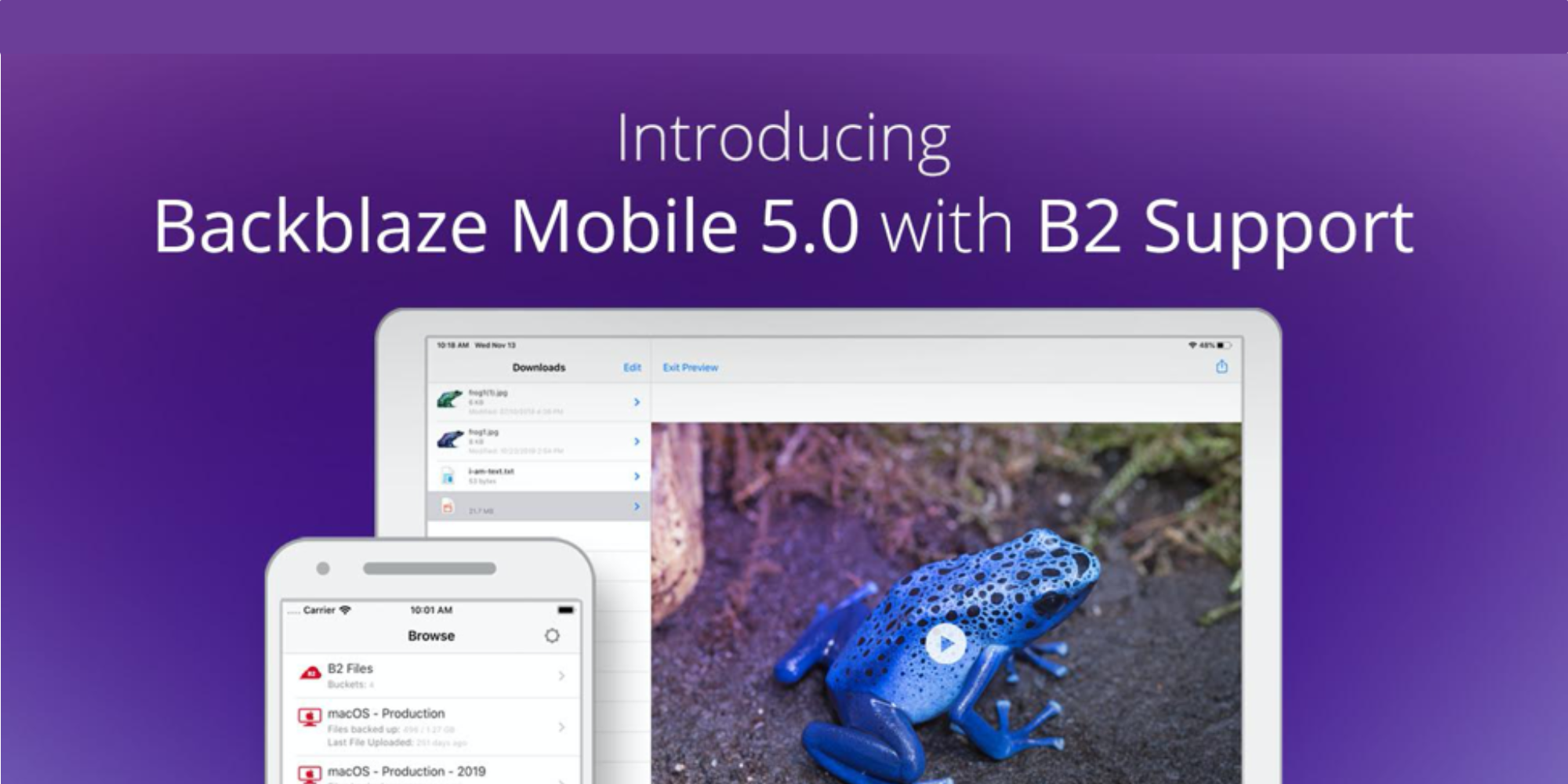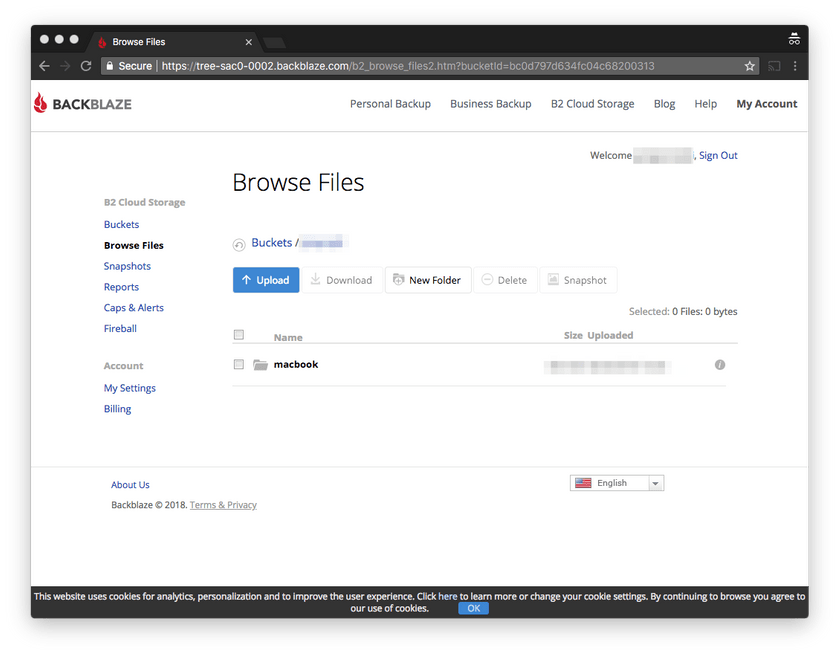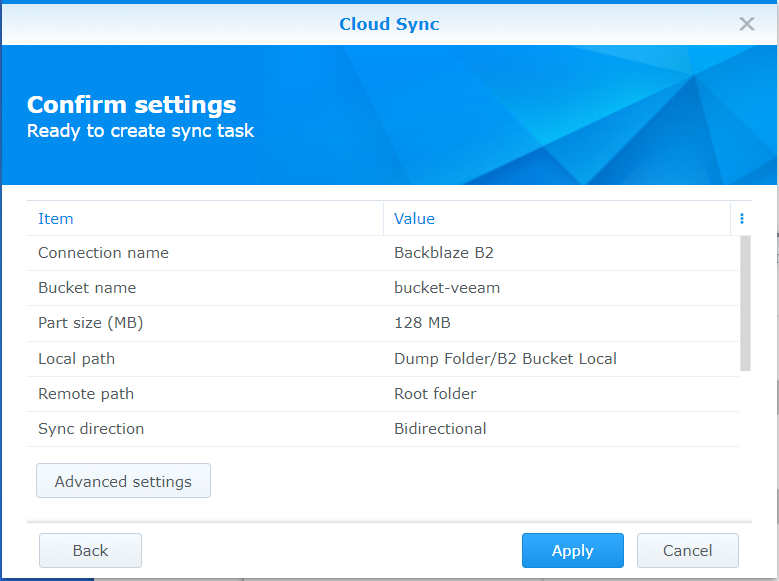
It makes a complete copy of the large file broken down into 10 MByte "chunks" and this copy is written to disk in the "Temporary Data Drive" (by default that is your system boot drive, but you can change it in Settings.). Small changes on big files: complete reupload or only delta?įor any file smaller than 100 MBytes, Backblaze Personal Backup will re-upload the entire file.įor files larger than 100 MBytes, it is classified as a "large file" and goes through a completely different code path. Disclaimer: I work at Backblaze and wrote a lot of the code that uploads changes to large files. Since you've made it this far, sharing this article on your favorite social media networkįor feedback, please ping me on.


I recommend using encryption on any data that is synced to a publicly accessible storage.Īdditionally, when using B2 storage please understand their access rules so that you can keep the repository private. $ rclone sync /home/local/directory remote:bucket DisclosuresĪnything you sync without encryption has the potential of being publicly available and read in clear text. Sync /home/local/directory to the remote bucket, deleting any excess files in the bucket. List the contents of a bucket $ rclone ls remote:bucket This remote is called remote and can now be used like thisĬreate a new bucket $ rclone mkdir remote:bucket endpoint > Remote config - account = 123456789abc key = 0123456789abcdef0123456789abcdef0123456789 endpoint = - y) Yes this is OK e) Edit this remote d) Delete this remote y/e/d > y Choose a number from below, or type in your own value XX / Backblaze B2 \ " b2 " Storage > b2 Account ID or Application Key ID account > 123456789abc Application Key key > 0123456789abcdef0123456789abcdef0123456789 Endpoint for the service - leave blank normally. (Steps extracted from Restic’s site) No remotes found - make a new one n) New remote q) Quit config n/q > n name > remote Type of storage to configure. The easiest way to configure and get up and running is by: $ rclone configĪnd for my case I follow the Backblaze B2 steps: To install rclone on Linux/macOS/BSD systems, run: $ curl | sudo bash Configuration

There are a few ways to install but I prefer the script install: I personally use it for syncing local backups to Backblaze B2. A full list of sources can be found on their official website. Rclone is a really cool command line tool that can sync files and directories too and from many sources.

Bytes of thought by Daniel Tucker Recipes Articles About Rclone - rsync for cloud storage


 0 kommentar(er)
0 kommentar(er)
